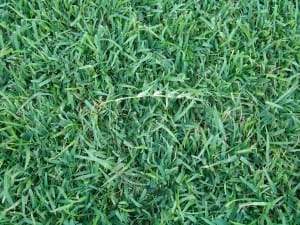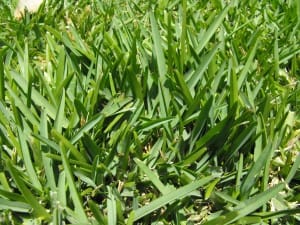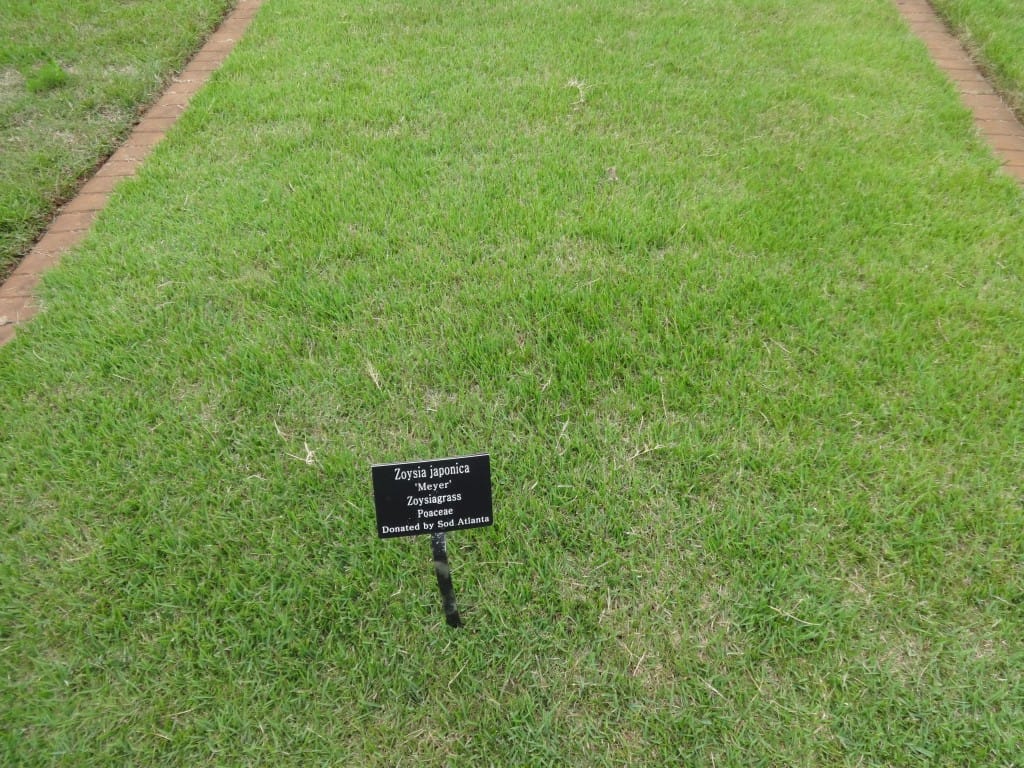Source(s): Gil Landry, PhD., Coordinator – UGA Center for Urban Agriculture, The University of Georgia.
Proper cultivation of turfgrasses is essential in order to produce an attractive, healthy lawn.
Cultivation of turfgrasses includes vertical mowing, core aeration and topdressing. These operations reduce surface compaction and thatch accumulation, improve soil aeration and water infiltration, and promote root growth. All these benefits are essential to producing vigorous, healthy turf.
Vertical mowing or dethatching helps keep turfgrasses healthy by removing the dead vegetation from the thatch layer. This dead vegetation is lifted to the surface by the blades of the vertical mower. Vertical mowing can be done in early spring just before green-up occurs or when the grass is growing rapidly, yet not so hot that water requirements are high. Take care not to remove too much of St. Augustine and centipede grass lawns because they do not have underground runners.
Core aeration relieves soil compaction and increases air and water movement into the soil. It also stimulates thatch decomposition. Proper aeration is best accomplished by a power aerator, which has hollow tines or spoons so that it removes a soil core 2 to 3 inches deep and 1/2 to 3/4 inch in diameter. Aeration is best accomplished during period of active plant growth and when the soil is moist enough to allow deep penetration. Aeration, which is also called coring, should only be used to correct soil problems and not as a routine practice.
Topdressing is a management practice used to aid in the decomposition of thatch, to reduce surface compaction, and to smooth the surface. Topdressing involves spreading a thin layer of topsoil or other soil mix on the soil surface. It is often used to cover the planted material in planting operations. The topdressing material should be of similar texture and composition as the underlying soil. Topdressing rates may range from ½ to 2 cubic yards of material per 1000 square feet. This will produce a layer from 1/8 to 5/8 inch thick. However, it is important that distinct layers are not formed. The topdressing is usually worked into the turf by dragging, raking or brushing.
Fertilization after cultivation operations stimulates rapid turfgrass recovery and promotes a healthy, vigorous turf. These operations can be done at the same time if needed. However, neither dethatching nor aeration should be done during a period of heavy weed germination or appropriate weed control measures will be necessary.
Resource(s): Lawns in Georgia
Center Publication Number: 134


